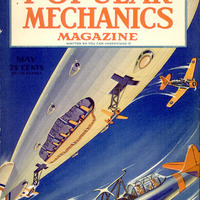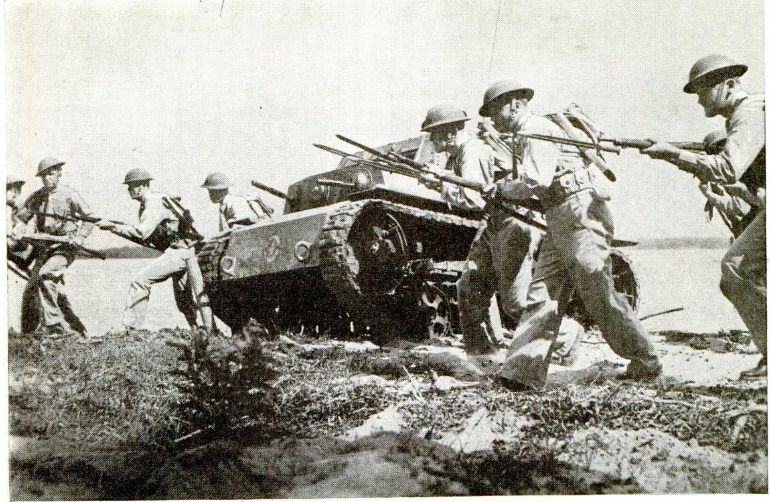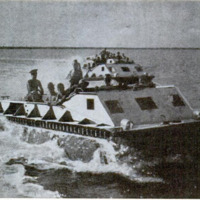"The Marines have Landed ---"
Item
- Title (Dublin Core)
- "The Marines have Landed ---"
- Article Title and/or Image Caption (Dublin Core)
- "The Marines have Landed ---"
- Language (Dublin Core)
- Eng
- Temporal Coverage (Dublin Core)
- World War II
- Date Issued (Dublin Core)
- 1942-05
- Is Part Of (Dublin Core)
-
 Popular Mechanics, vol. 77, n. 5, 1942
Popular Mechanics, vol. 77, n. 5, 1942
- pages (Bibliographic Ontology)
- 8-12
- Rights (Dublin Core)
- Public domain
- Source (Dublin Core)
- Google books
- References (Dublin Core)
- Uncle Sam
- Europe
- Donald Roebling
- United States Navy
- World War I
- Crete
- Germany
- Archived by (Dublin Core)
- Enrico Saonara





